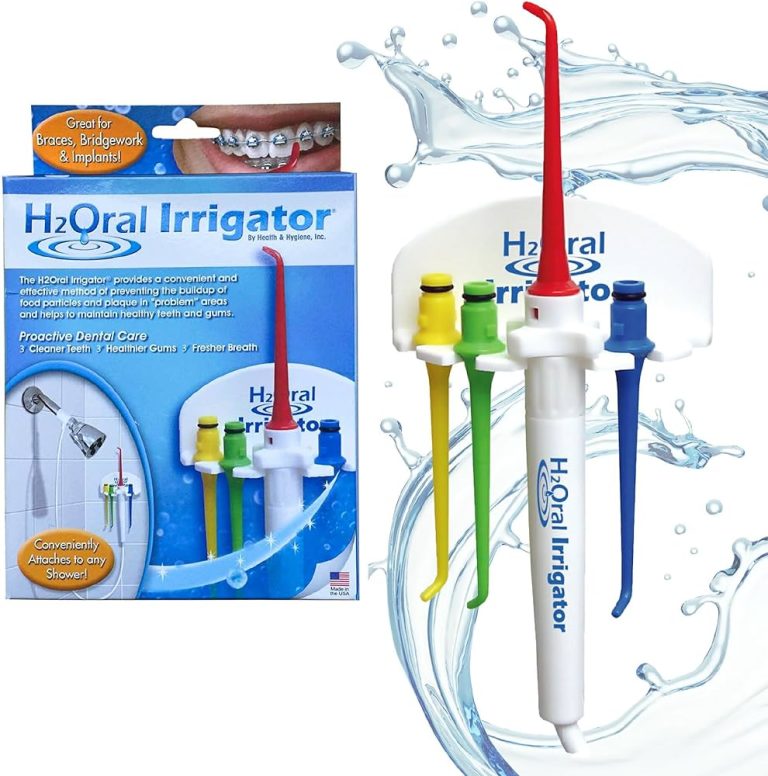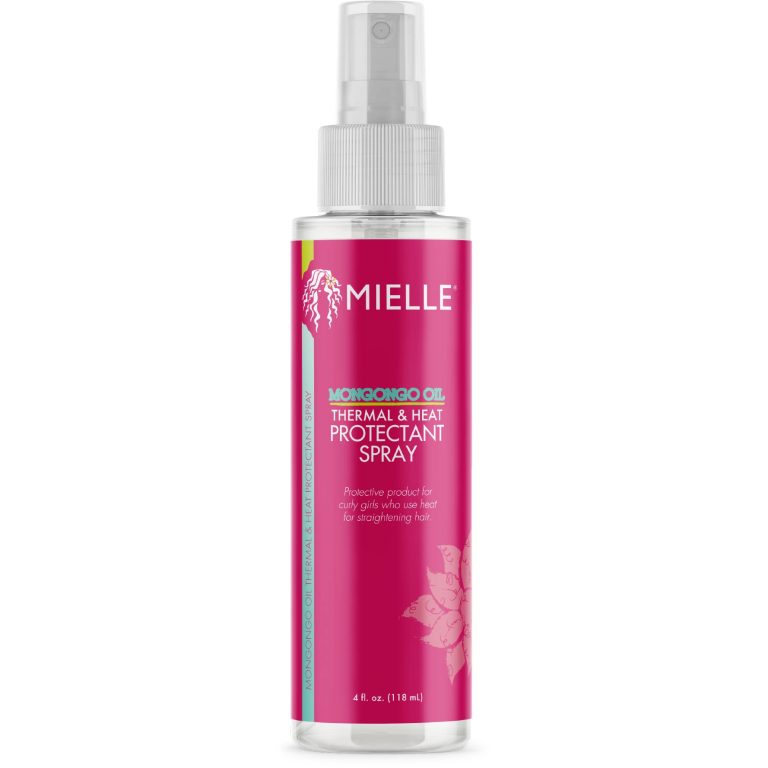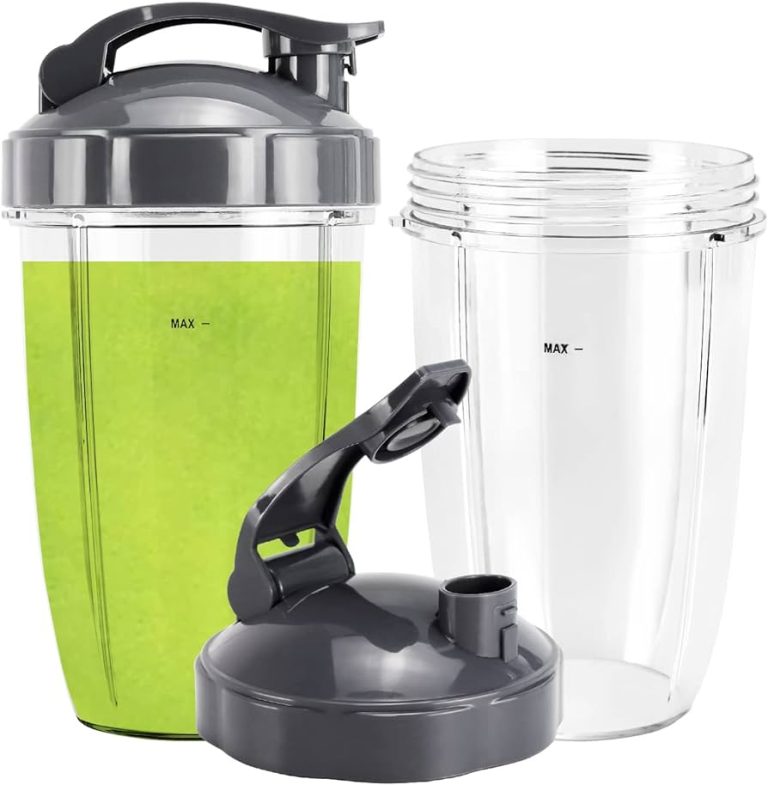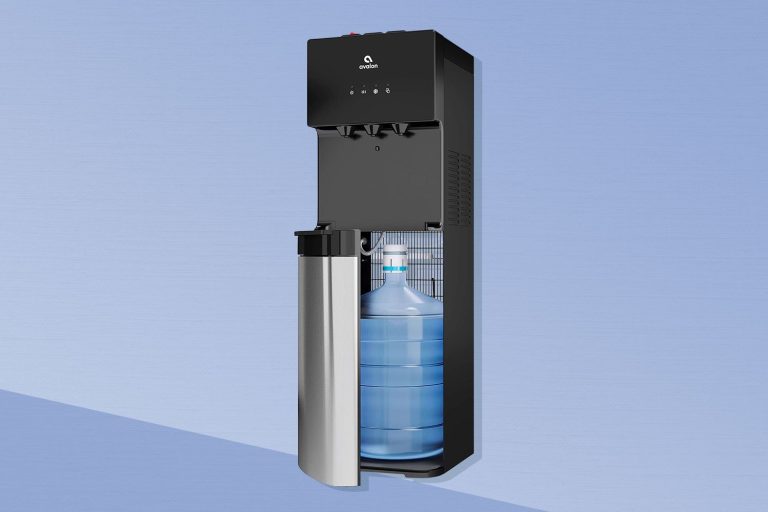9 Best Flea Control for Cats: Top Treatments and Natural Remedies
Keeping your feline friend free from fleas is crucial for their health and happiness. Fleas are more than just a nuisance; they can cause severe itching, allergic reactions, and even transmit diseases. With so many flea control products on the market, it can be overwhelming to choose the right one for your cat.
The Importance of Choosing the Right Flea Control
Ensuring you select the right flea control for your cat is crucial. You want your feline friend to be healthy, comfortable, and free of any pests.
Safety Concerns
Prioritize safety when choosing flea control products. Some treatments can cause adverse reactions like vomiting, lethargy, or even more severe symptoms. Always check the product label and consult your vet before starting any new medication. Fleas are a common nuisance, but treatment side effects are a genuine concern for your cat’s health.
Effectiveness of Flea Control Methods
Evaluate the effectiveness of different flea control methods. Spot-on treatments, oral medications, and flea collars each offer unique benefits. For instance, spot-on treatments can be highly effective within 24 hours, keeping fleas at bay for up to a month. Oral medications work fast but need to be given regularly. Flea collars are long-lasting, often up to eight months. Choose a method that suits your cat’s lifestyle and your ability to administer it.
First Best Flea Control: Topical Treatments
Topical treatments are among the most popular flea control options for cats. They involve applying a liquid solution directly to your cat’s skin, usually on the back of the neck.
Pros of Using Topical Treatments
- Effective Coverage: Topical treatments provide comprehensive protection against fleas, ticks, and even ear mites in some cases.
- Long-Lasting: Most treatments last for up to a month, ensuring continuous protection without daily administration.
- Easy Application: Applying the treatment is usually straightforward, requiring minimal effort once your cat is accustomed to the routine.
- Water-Resistant: Many topical treatments are water-resistant, allowing your cat to stay protected even if they get wet.
- Combination Benefits: Some products combine flea control with other benefits, like preventing heartworm or treating intestinal parasites.
- Read Instructions: Always read the product instructions carefully to ensure proper application.
- Part Fur: Gently part your cat’s fur at the base of their neck until you see the skin.
- Apply Directly: Apply the recommended dose directly onto the skin, avoiding fur to ensure effectiveness.
- Avoid Touching: Let the solution dry, and avoid touching the treated area for a short period to prevent transferring the product to your hands.
- Monitor: Keep an eye on your cat for any signs of reaction or discomfort and consult your vet if needed.
Second Best Flea Control: Oral Medications
Oral medications provide a convenient and effective alternative for flea control. These pills can offer several benefits over topical treatments.
The Advantage of Pills over Topicals
Oral flea medications work from the inside out, ensuring comprehensive coverage. They start working quickly—often within 30 minutes to two hours—and can kill fleas before they lay eggs, breaking the flea lifecycle. Pills eliminate the risk of your cat licking off the medication, which is common with topicals. They are also less messy and more convenient, especially if your cat dislikes topical applications.
Tips for Administering Oral Medications to Cats
Start by choosing a pill pocket or a favorite treat to hide the medication. Hold your cat in a comfortable position, gently open their mouth, and place the pill as far back on the tongue as possible. Follow up with a small amount of water using a syringe to help swallow. Always reward your cat with praise or a treat afterward. If you’re having difficulty, consult a vet for alternative methods or for a demonstration on how to administer pills effectively.
Third Best Flea Control: Flea Collars
How Flea Collars Work
Flea collars are a practical option for protecting your cat from fleas. The collars work by releasing active ingredients that kill and repel fleas, ticks, and other pests. Once you put the collar on your cat, the active ingredients spread through their fur and skin, offering full-body protection. Some collars use chemicals like imidacloprid and flumethrin, while others use natural oils for a gentler alternative.
Selecting the Right Flea Collar
Choosing the right flea collar involves considering your cat’s needs and sensitivities. First, ensure the collar fits snugly without being too tight, leaving space for two fingers. Look for collars offering long-lasting protection, typically up to 8 months, to minimize frequent replacements. Check for collars with a breakaway feature for safety, preventing accidental choking. If your cat has sensitive skin, opt for hypoallergenic or natural ingredient collars to avoid irritation. Always consult your vet for recommendations tailored to your cat’s health and environment.
Fourth Best Flea Control: Flea Shampoos
Flea shampoos stand out as an effective and immediate solution for flea-infested cats. They offer a thorough cleanse while eliminating adult fleas on contact.
Effective Use of Flea Shampoos
Choose the right product by checking for cat-specific formulas. Lather the shampoo generously into your cat’s fur, ensuring it contacts the skin where fleas hide. Typically, you should leave the shampoo on for about 5-10 minutes to allow the active ingredients to work. Rinse thoroughly to remove all residue, which could irritate your cat’s skin. Regular use during flea season or an outbreak can keep fleas at bay.
Precautions While Using Flea Shampoos
Read and follow the label instructions to avoid overuse. Test a small patch on your cat first, especially if it’s their first time using the product, to rule out allergic reactions. Ensure the shampoo doesn’t get into your cat’s eyes, ears, or mouth to prevent irritation. Consider consulting your vet if your cat has sensitive skin or existing health conditions to ensure the shampoo is safe. Always store flea shampoos out of reach from children and pets.
Fifth Best Flea Control: Sprays and Powders
Sprays and powders offer a flexible approach to tackling fleas by targeting both the environment and your cat directly. They’re excellent complements to other flea treatments.
Choosing Between Sprays and Powders
Choosing between sprays and powders depends on your lifestyle and your cat’s tolerance. Sprays are convenient for spot treatments and can reach difficult areas like under furniture. They’re quick to apply and can kill fleas on contact. Consider using sprays if you need immediate results and ease of use.
Powders, on the other hand, are great for long-lasting protection. They work well on bedding, carpets, and other fabrics where fleas might hide. Powders can offer a more continuous release of active ingredients, ensuring prolonged flea control. Choose powders if you’re looking for extended efficacy and don’t mind the extra step of cleaning up any excess product.
Application Tips for Maximum Efficacy
Ensure proper application techniques to maximize the efficacy of sprays and powders. For sprays, part your cat’s fur and apply the product directly to the skin, ensuring you cover areas where fleas are likely to hide, like the neck and base of the tail. Always follow the manufacturer’s instructions regarding the amount and frequency of application.
When using powders, sprinkle the product generously over your cat’s fur and gently rub it in to reach the skin. It’s crucial to keep the powder away from your cat’s eyes, nose, and mouth. If you’re treating your home, focus on carpets, pet bedding, and furniture. Leave the powder for the recommended time before vacuuming thoroughly to remove flea remnants.
By combining sprays and powders, you can tackle fleas from different angles, ensuring a comprehensive approach to flea control.
Sixth Best Flea Control: Flea Combs
Flea combs offer a chemical-free method to combat fleas. They’re an effective tool for removing fleas from your cat’s fur.
Benefits of Mechanical Removal
Mechanical removal eliminates fleas immediately. You don’t need to wait for treatments to take effect. Flea combs can also reduce irritation by removing flea dirt and eggs. This method is gentle and avoids potential side effects from chemicals.
Techniques for Using Flea Combs Effectively
Choose a fine-toothed flea comb designed specifically for cats. Ensure your cat is calm and relaxed. Start by combing your cat’s head and neck, moving towards the tail. Dip the comb in soapy water regularly to kill trapped fleas. Repeat daily for thorough control. Be consistent, as early detection and removal can significantly reduce flea infestations.
Seventh Best Flea Control: Environmental Treatments
Environmental treatments play a crucial role in breaking the flea life cycle and ensuring long-term flea control. Focus on treating both your home and outdoor areas.
Treating Your Home
Vacuum regularly to eliminate flea eggs, larvae, and pupae hidden in carpets and furniture. Use a high-quality vacuum with strong suction. Wash your pet’s bedding frequently in hot water to kill any fleas or eggs. Consider using environmental flea sprays and powders for added protection. Opt for products containing insect growth regulators (IGRs) that prevent fleas from developing into adults. Foggers are effective for severe infestations but should be used with caution, following the manufacturer’s instructions.
Outdoor Flea Control Strategies
Treating your yard is essential to prevent fleas from entering your home. Mow your lawn regularly to reduce flea habitats. Apply yard treatments, such as granular or spray insecticides, focusing on shady areas where fleas thrive. Nematodes, beneficial microscopic worms, can be an eco-friendly option to control fleas by attacking their larvae in the soil. Keep wildlife and stray animals away from your property, as they can bring fleas into your yard. Using a combination of these strategies will help maintain a flea-free environment around your home.
Eighth Best Flea Control: Injections and Other Veterinary Methods
The Role of Veterinary Assistance
Involve your vet for expert diagnosis and personalized flea control plans. Vets can identify the extent of infestation, recommend specific products, and offer professional treatments. Injections like Program (Lufenuron) disrupt flea life cycles, effectively controlling populations. Other methods include oral medications, such as Comfortis (Spinosad), killing fleas rapidly.
When to Consider Veterinary Flea Control Solutions
Consider seeing your vet when over-the-counter options fail or if your cat has severe reactions to fleas. Cats with allergies, skin infections, or other health issues benefit from professional advice and treatments. Veterinary solutions may offer faster relief and superior long-term protection, ensuring your cat stays flea-free.
Ninth Best Flea Control: Natural and Homemade Remedies
If you’re looking for a more natural approach to flea control, there are several effective home remedies you can try.
Exploring Natural Options
Consider diatomaceous earth to eliminate fleas. This natural powder, made from fossilized algae, can be sprinkled in areas your cat frequents. Opt for food-grade diatomaceous earth, as it’s safe for pets. Another option is using essential oils like lavender or cedarwood. Mix a few drops with water and spray on your cat’s fur, avoiding the face. Be sure these oils are safe for cats, as some essential oils can be toxic.
Recipes and Application Tips for Home Remedies
Try a lemon spray to repel fleas. Boil sliced lemons, let the mixture steep overnight, strain, and spray on your cat, avoiding the eyes. Apple cider vinegar can also help. Mix equal parts of apple cider vinegar and water in a spray bottle, then apply to your cat’s fur. Another effective remedy is a homemade flea collar. Soak a bandana in a mixture of essential oils like eucalyptus and rosemary with water. Let it dry, and tie it around your cat’s neck, ensuring it’s not too tight.
Remember to monitor your cat for any adverse reactions when using natural remedies.
Conclusion: Maintaining Effective Flea Control
Choosing the right flea control for your cat is essential for their health and comfort. By combining immediate relief methods with long-term solutions, you can tackle flea infestations effectively. Don’t forget to consider natural and homemade remedies as a viable option, but always keep an eye out for any adverse reactions.
Consulting with a vet ensures that your flea control plan is tailored to your cat’s specific needs. With the right approach, you can keep your feline friend happy and flea-free.






